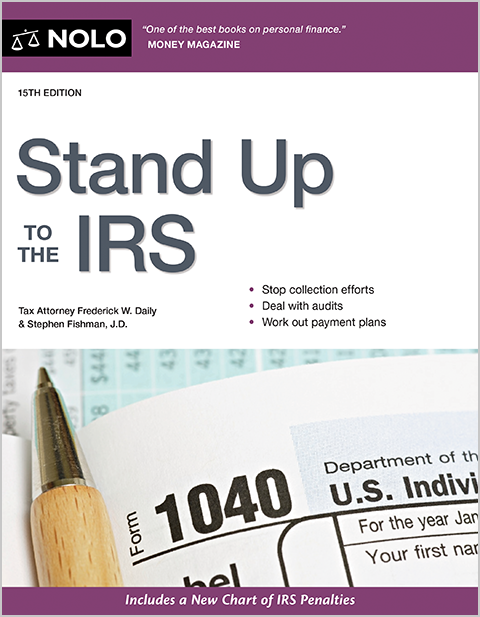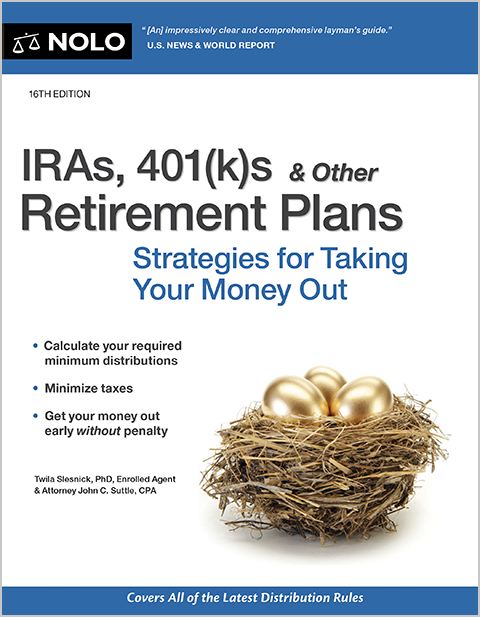When you may deduct a given expense depends in part on whether it's considered a current expense or capital expense.
Tax rules cover what expenses can be deducted and when (in what year) they can be deducted. Some types of expenditures are deductible in full the year they're incurred, but others must be deducted over a number of years.
One category is called "current expenses," and the other is "capital expenses" or "capitalized expenditures." You need to know the difference between the two and the tax rules for each type of expenditure. The difference between the two determines whether the cost is deducted in year one or spread out over several years.
We'll try to make it easy on you, but there are some gray areas.
What Is the Difference Between Current and Capital Expenditures?
In summary, with more detail below, "current expenses" are necessary and ordinary purchases that keep a business running from day to day, while "capital expenditures" are considered to be part of your investment in your business, not day-to-day operating expenses.
Current expenses are deducted in year one; capital expenses have a useful life of longer than one year, and the deduction is spread out over several years.
What Are Current Expenses?
Generally, current expenses are everyday costs of keeping your business going, including money you spend on items or services that get used up, wear out, or become obsolete in less than one year.
Current expenses are fully tax-deductible in the year incurred.
What Is an Example of a Current Expense?
A couple of examples of current expenses are monthly office rent and electricity bills, which benefit your business for one month. Other common current expenses include office supplies and repairs.
What Are the Rules for Deducting Current Expenses?
Rules for deducting current expenses are fairly straightforward. You subtract the amounts spent from your business's gross income in the year the expenses were incurred—that is, the year you paid for them if you're a cash-basis business, as most small businesses are. So, the business generally pays less in income tax for the year because its income amount is lower.
What Are Capital Expenses?
Other business expenditures can't be deducted in the same way as current expenses. Because they're expected to generate revenue in future years, asset purchases are treated as investments in your business.
What Is an Example of a Capital Expenditure?
A few examples of capital expenditures include the cost of equipment, real estate, and vehicles. Buying an office building for your business would be a capital expense (not a current expense) because the building will benefit your business for more than one year.
Capital expenditures are assets with a useful life of over one year.
What Are the Rules for Deducting Capital Expenditures?
Capital expenses must be deducted over a number of years, or "capitalized," as specified in the tax code (with certain important exceptions—bonus depreciation and Section 179—discussed below). This process, theoretically, allows the business to more clearly account for its profitability from year to year.
The general rule is that if an item has a useful life of one year or longer, it must be capitalized.
Capitalizing Expenses
The deduction taken over a number of years is usually called "depreciation," but in some cases, it's called an "amortization expense." All of these words describe the same thing: writing off or depreciating asset costs through annually claimed tax deductions.
Many rules apply to how different types of assets must be written off. The tax code dictates both absolute limits on some depreciation deductions and over how many future years a business must spread its depreciation deductions for all asset purchases. Businesses, large and small, are affected by these provisions. (I.R.C. §§ 167, 168, and 179 (2025).)
Bonus Depreciation
A special depreciation deduction called "bonus depreciation" is available for new qualified property. Bonus depreciation allows taxpayers to deduct in a single year a specified percentage of a long-term asset's cost in the first year the property is placed in service.
From September 27, 2017 through January 1, 2023, you could deduct 100% of the cost of eligible property using first-year bonus depreciation. After that, bonus depreciation decreases as follows:
- 80% in 2023
- 60% in 2024
- 40% in 2025
- 20% in 2026.
Bonus depreciation is scheduled to end completely in 2027, but this is unlikely to happen. Bonus deduction can be taken in addition to Section 179, although additional restrictions apply to its use.
Section 179 Deduction
Another tax break creating an exception to the long-term write-off rules is found in I.R.C. Section 179. A small business can write off in one year most types of its capital expenditures, up to $1,220,000 (for tax year 2024, the taxes you file in 2025).
A limit also applies to the total amount of Section 179 property a business can purchase each year and claim the Section 179 deduction at all. You must reduce your Section 179 deduction by one dollar for every dollar your annual purchases exceed the applicable limit. The limit is $3,050,000 for 2024. So, if $4,270,000 of Section 179 property is placed in service in 2024, the $1,220,000 Section 179 deduction is reduced by $1,220,000, and you get no deduction at all. These large limits don't affect most smaller businesses.
Some assets don't qualify for this deduction, like real estate, inventory bought for resale, and property bought from a close relative. For more information on bonus depreciation and Section 179, see Bonus Depreciation Extended Through 2026 Under the Tax Cuts and Jobs Act.
Are Repairs and Improvements Current or Capital Expenses?
Normal repair costs, such as fixing a broken copy machine or a door, are current expenses, so they can be deducted in the year incurred. On the other hand, the cost of making improvements to a business asset must be capitalized if the enhancement:
- adds to the asset's value, or
- appreciably lengthens the time you can use it, or
- adapts it to a different use.
"Improvements" usually refers to real estate—for example, putting in new electrical wiring, plumbing, and lighting—but the rule also applies to rebuilding business equipment.
Example. Gunther uses a specialized die-stamping machine in his metal fabrication shop. After 15 years of constant use, the machine is on its last legs. His average yearly maintenance expenses on the machine have been $10,000, which Gunther has properly deducted as a repair expense. Gunther is faced with either thoroughly rehabilitating the machine at a cost of $80,000 or buying a new one for $175,000. He chooses rebuilding. The $80,000 expense must be capitalized—that is, it can't be deducted using Section 179 or bonus depreciation because it is an improvement—not a normal repair. Under the tax code, metal-fabricating machinery must be deducted over five years.
What Is the Difference Between Capital Expenses and Operating Expenses?
"Operating expenses" refers to a company's day-to-day expenses, while capital expenditures are a company's long-term expenses.
To deduct an item as a business operating expense, you must make sure the expenditure meets certain requirements. If it does, it will qualify as a deductible business operating expense. To qualify, the expense must be:
- ordinary and necessary
- a current expense
- directly related to your business, and
- reasonable in amount. (I.R.C. § 162 (2025).)
Only current expenses are deductible as business operating expenses. Again, current expenses are costs for items that will benefit your business for less than one year. These expenses are currently deductible—that is, you can deduct them all in the same year when you pay them.
On the other hand, again, capital expenditures are a business's major purchases used beyond the current accounting period in which they're purchased.
Read More Articles
Find out about IRS audit rates and the odds of being audited in What Are the Triggers of IRS Tax Audits?
Learn how much time most people spend doing business taxes.
Get information about common tax deductions for individuals.
More Information
For more details on deducting expenses, as well as information on how to avoid audit triggers, see Deduct It! by Stephen Fishman (Nolo) and Tax Savvy for Small Business by Frederick W. Daily and Stephen Fishman (Nolo).
If you need more help, talk to a tax professional, such as a certified public accountant or a tax attorney. A tax professional can prepare tax returns or provide tax information, guidance, or representation before the IRS.
Talk to a Tax Attorney
Need a lawyer? Start here.
How it Works
- Briefly tell us about your case
- Provide your contact information
- Choose attorneys to contact you
- Briefly tell us about your case
- Provide your contact information
- Choose attorneys to contact you

